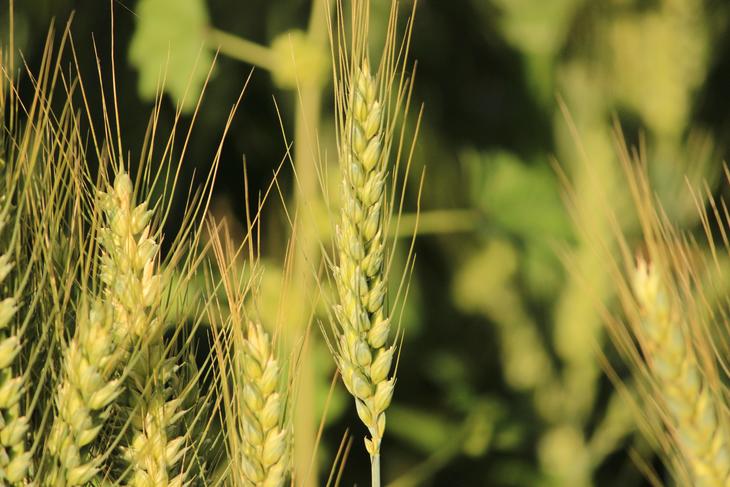
Option 1C
Designate locally, nationally or Globally Important Agricultural Heritage Systems sites for the conservation and sustainable use of PGRFA and support farmers and their organizations in the sustainable management and governance of such sites.
The designation of heritage sites for the conservation and sustainable use of PGRFA could be a way to leverage recognition of farmers, local and indigenous communities in their role as custodians of biodiversity. Such sites are typically long-term initiatives that combine conservation and sustainable use of PGRFA with economic development, scientific and/or educational work. They may be linked with national or global initiatives and programmes, such as Biosphere Reserves or Globally Important Agricultural Heritage Systems (GIAHS).
Their management usually requires cooperation of stakeholders across different sectors and levels of governance. Farmers, local and indigenous communities may be considered key actors at the local level. They may thus be given a clear role in establishing and implementing conservation and management plans or development strategies, as well as in monitoring and evaluation activities. Furthermore, farmers, local and indigenous communities involved in the management and conservation of heritage sites for the conservation and sustainable use of PGRFA may be supported through targeted capacity development, networking and knowledge exchange activities that target the interests and needs of women and men, as well as different age groups.
Example(s) of possible measures:
- Site recognition of traditional agricultural systems (Brazil/Latin America and the Caribbean). Click here
- Globally Important Agricultural Heritage Systems (GIAHS) initiative (Chile/Latin America and the Caribbean). Click here
- Declaration of the territory of the Cotacachi canton, Ecuador, as cultural heritage for agrobiodiversity (Ecuador/Latin America and the Caribbean). Click here
- Recognition of farming communities through Globally Important Agricultural Heritage Systems (Iran/Near East). Click here